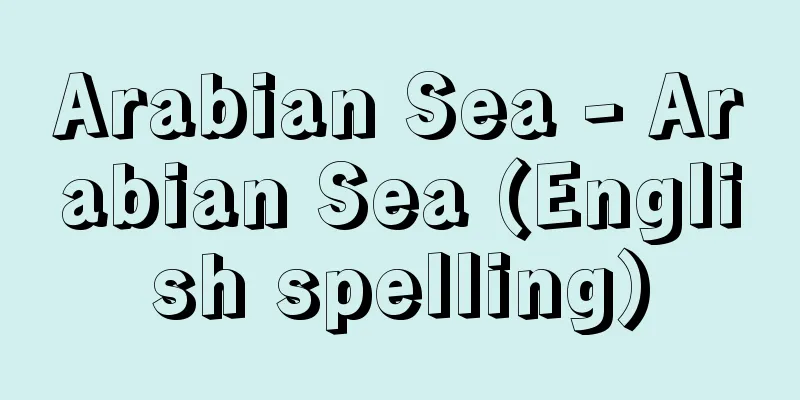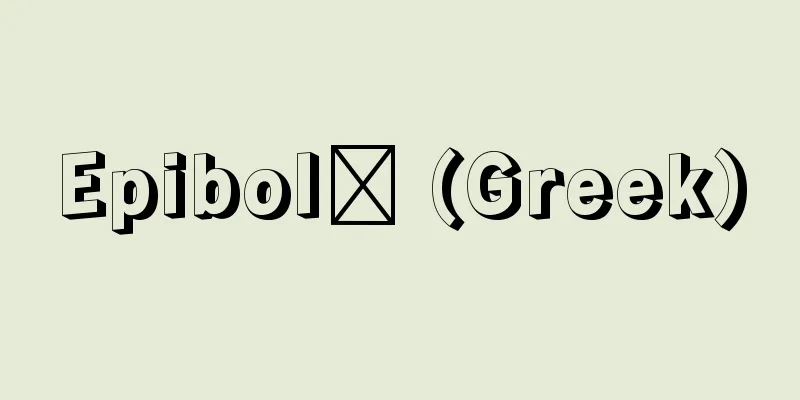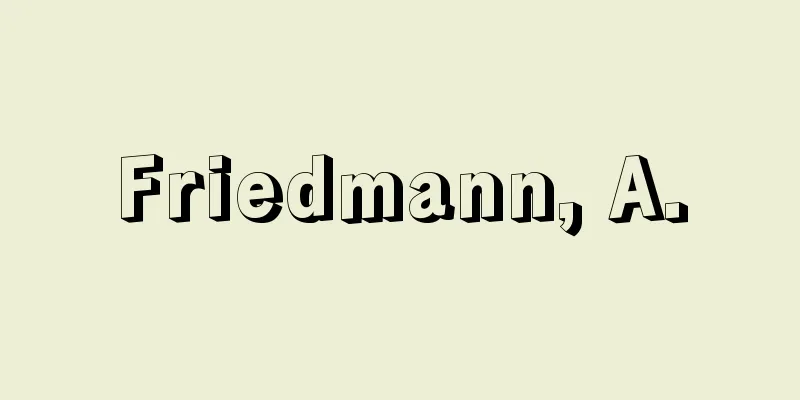Whistle -

|
A device used on railroad cars and ships to emit warning or signal sounds. In railroad terms, it is called a horn. On steam locomotives, the whistle is generated using steam pressure, so it has come to be commonly known as a steam whistle. The same is true for steamships. Electric locomotives and trains use compressed air to generate the sound. Electronic whistles are also used. [Gentaro Nishio and Yoshihiko Sato] Source: Shogakukan Encyclopedia Nipponica About Encyclopedia Nipponica Information | Legend |
|
鉄道車両や船舶などで、警報音や合図音などを発生させる装置。鉄道の専門語としては警笛。蒸気機関車では蒸気圧を利用して吹き鳴らしたので、汽笛の俗称で普遍化した。汽船の場合も同じである。電気機関車や電車などは圧搾空気を利用して吹き鳴らす。電子音のものも採用されている。 [西尾源太郎・佐藤芳彦] 出典 小学館 日本大百科全書(ニッポニカ)日本大百科全書(ニッポニカ)について 情報 | 凡例 |
Recommend
Murderous clothing - Kyofuku
〘 noun 〙 Clothing worn during mourning. Also, the ...
district
…England and Wales were divided into 52 geographi...
Body language
…[Gesture language: the manifestation of communic...
The Great Atlantic and Pacific Tea Co. Inc.
…[Tetsu Nishimura]. … *Some of the terms mentione...
Wishbone - Wishbone
…In birds, the left and right clavicles are conne...
Hyacinth vs orientalis (English spelling) Hyacinth vs orientalis
…[Masao Yamashita]. … *Some of the terminology th...
Taro Kasai
Another name for Nakataya, a restaurant teahouse l...
Yokohama Mainichi Shimbun - Yokohama Mainichi Shimbun
Japan's first daily newspaper. It was the fir...
Oligophagous
… In addition to this, there is also a classifica...
Williams, TL (English spelling) WilliamsTL
…American playwright. Real name Thomas Lanier Wil...
Phenomena
…Shadow puppet theaters were also all the rage in...
Pillow lava - pillow lava
Lava in the form of piles of rounded lumps (pillow...
Izu - Inots
…In 1585 (Tensho 13), Hachisuka Iemasa entered Ja...
Painting History - Gashi
Drawing. See the entry for "Ga" in the k...
Toda Josei
Religious leader. The second president of the Sok...
![Iinan [town] - Iinan](/upload/images/67cae449783e7.webp)








